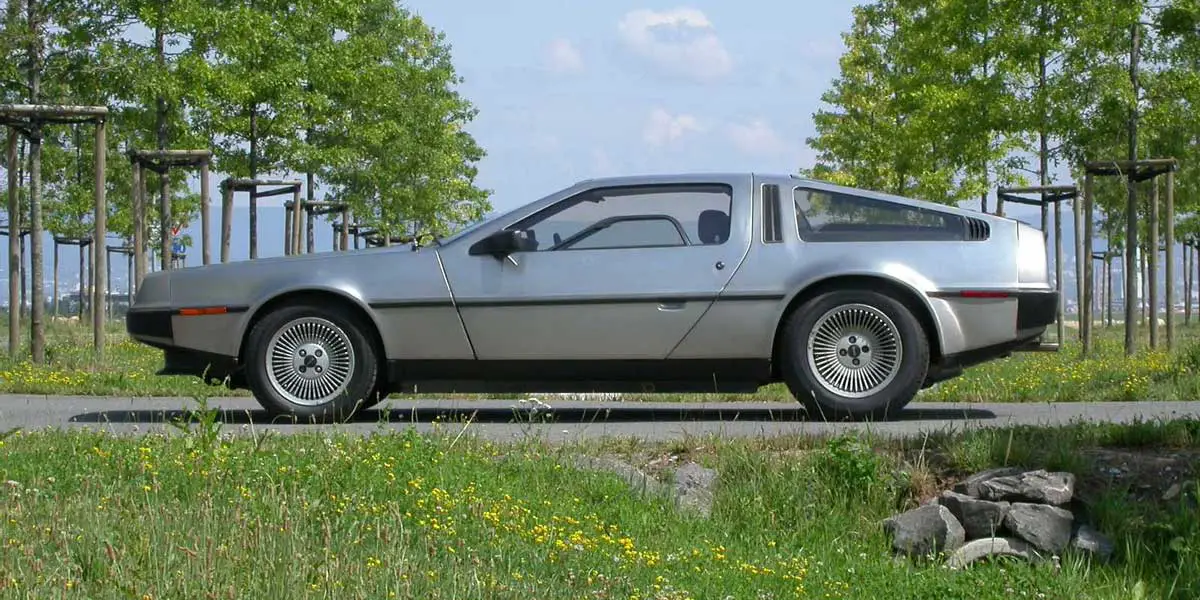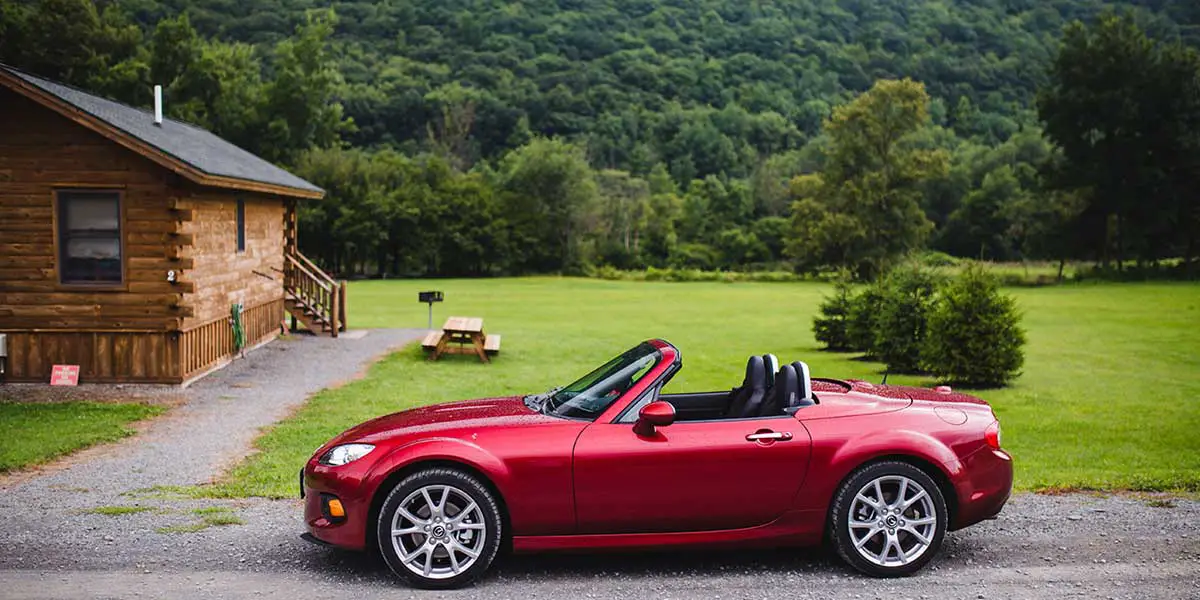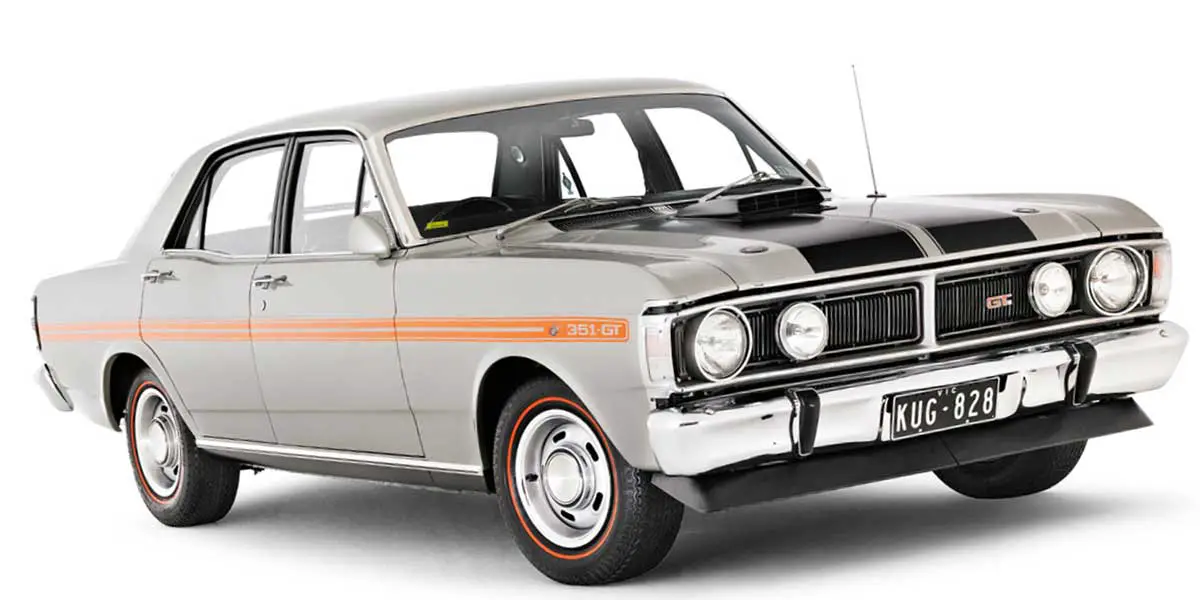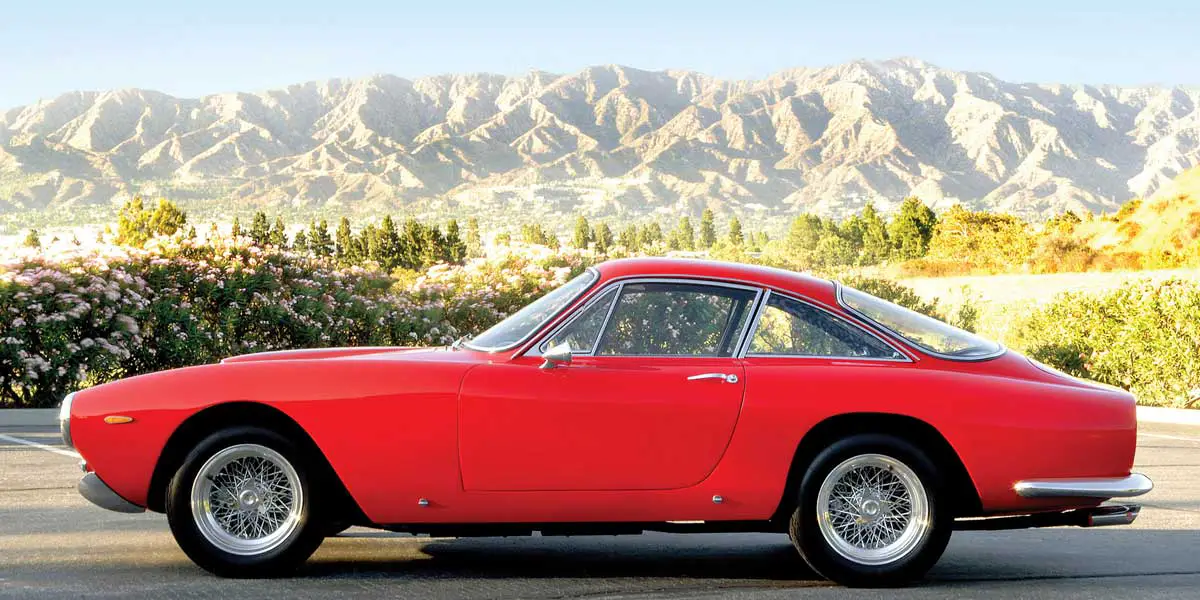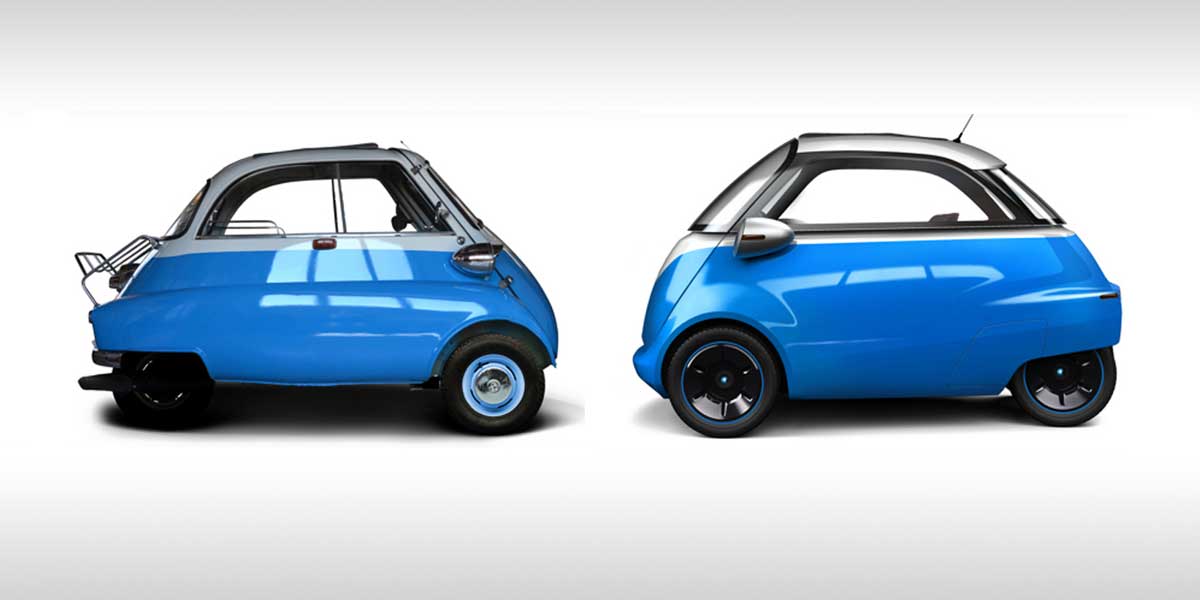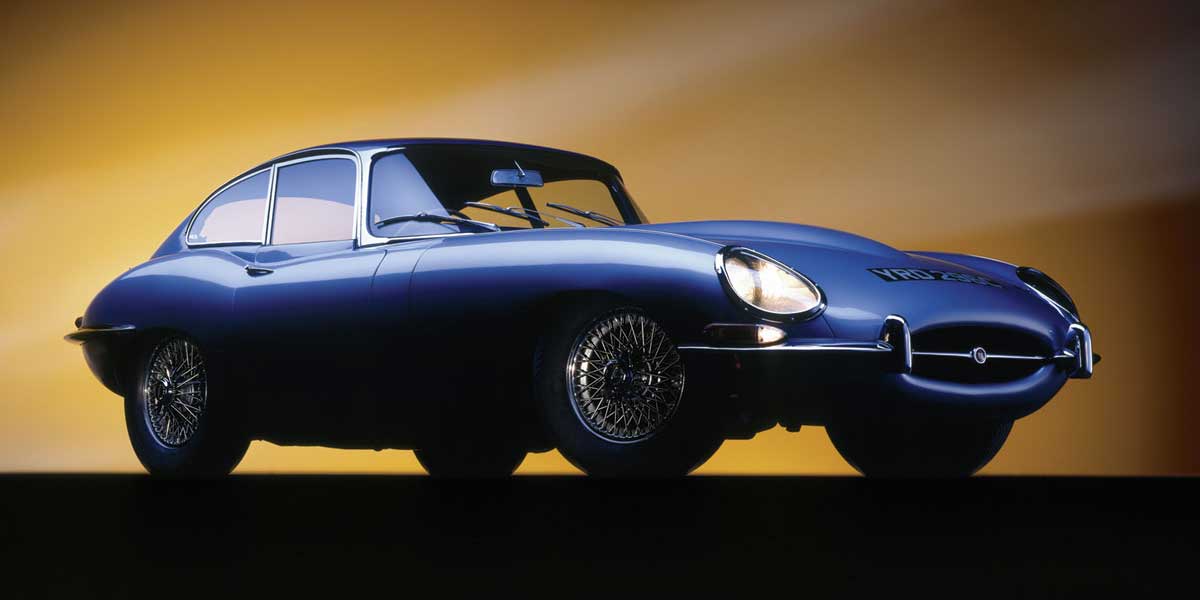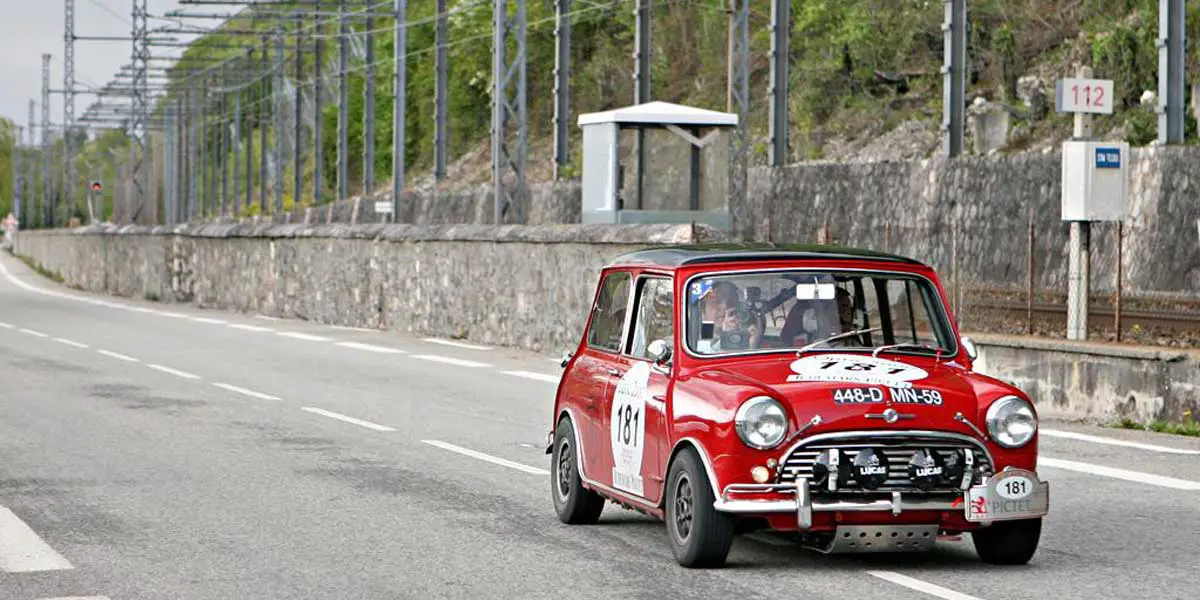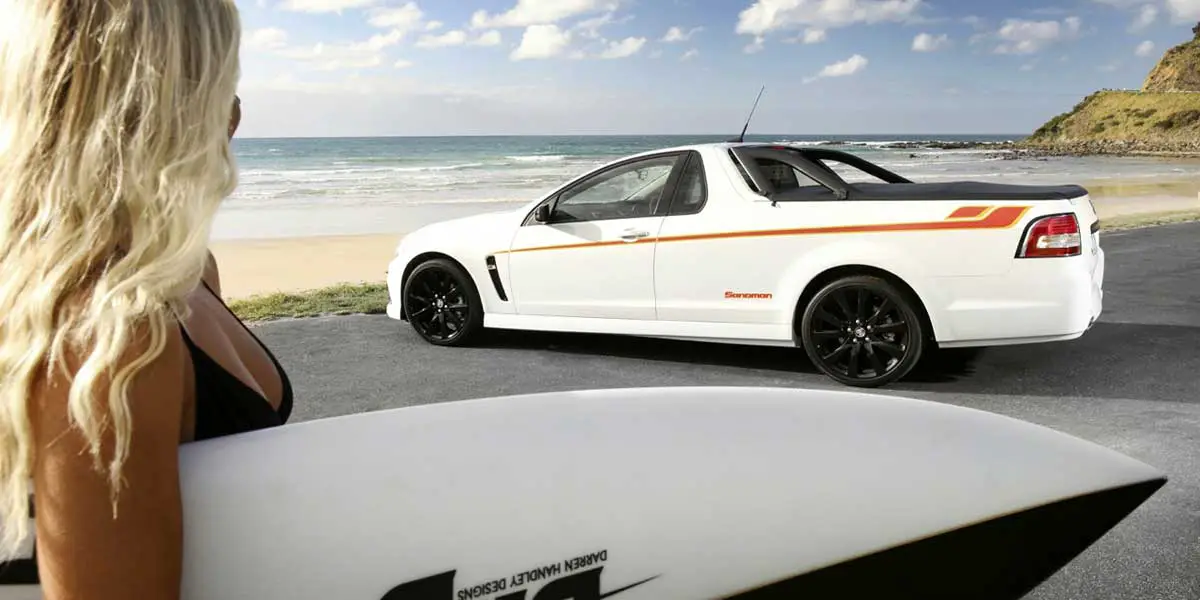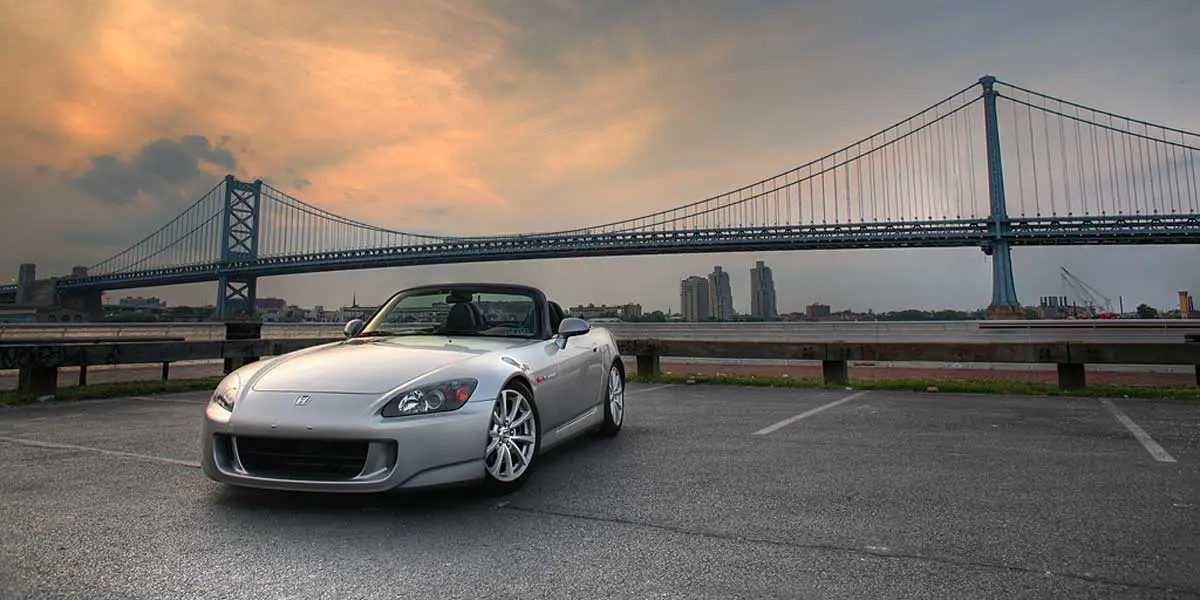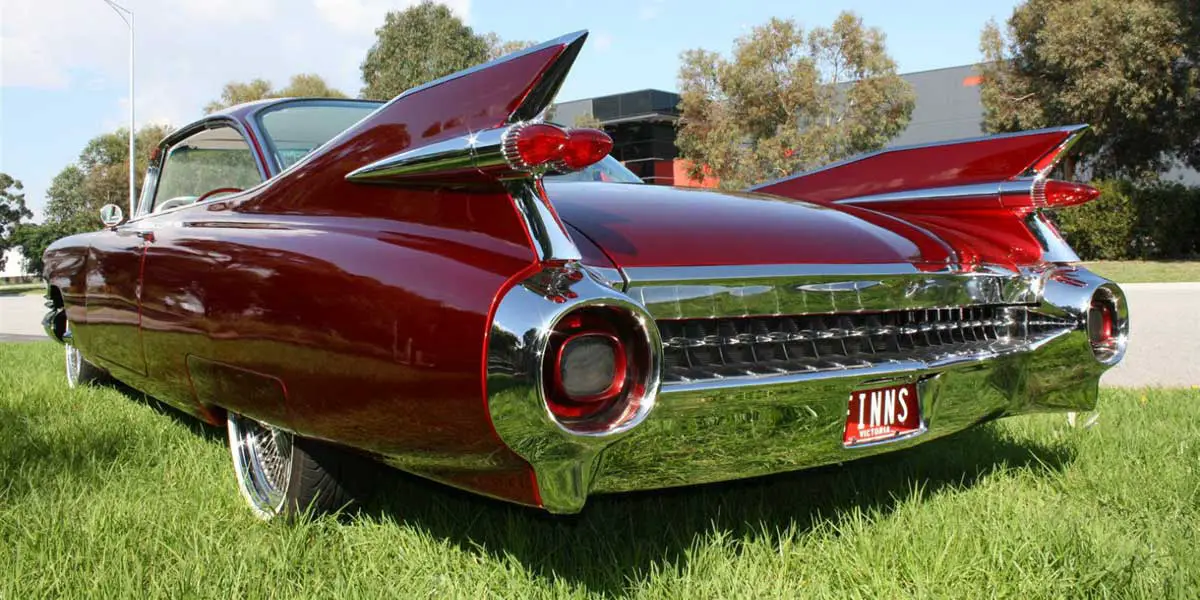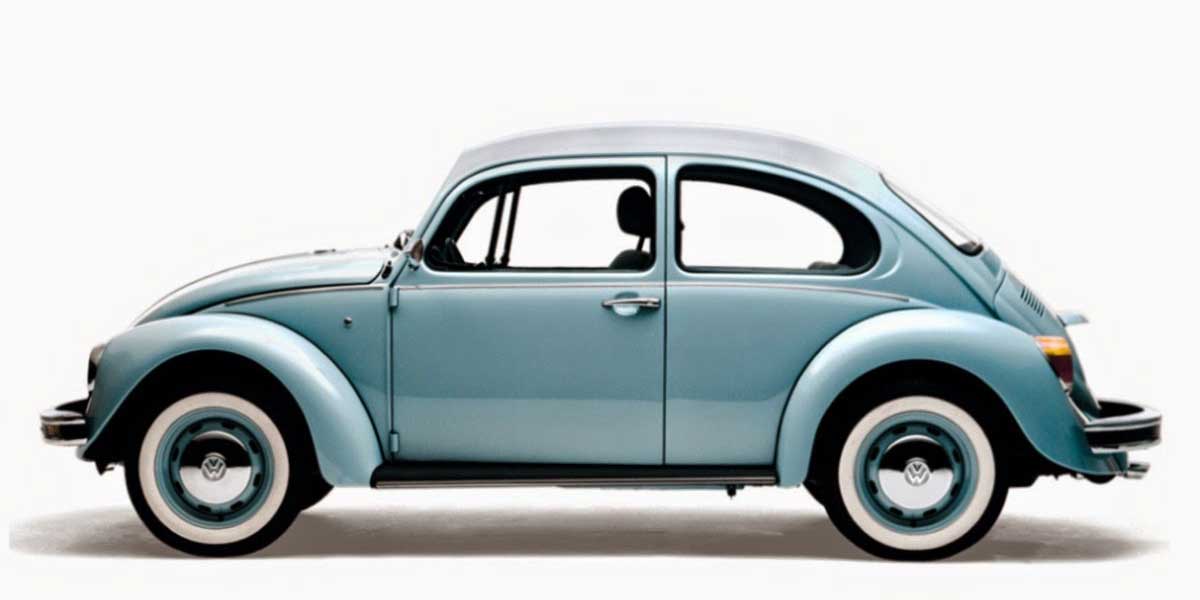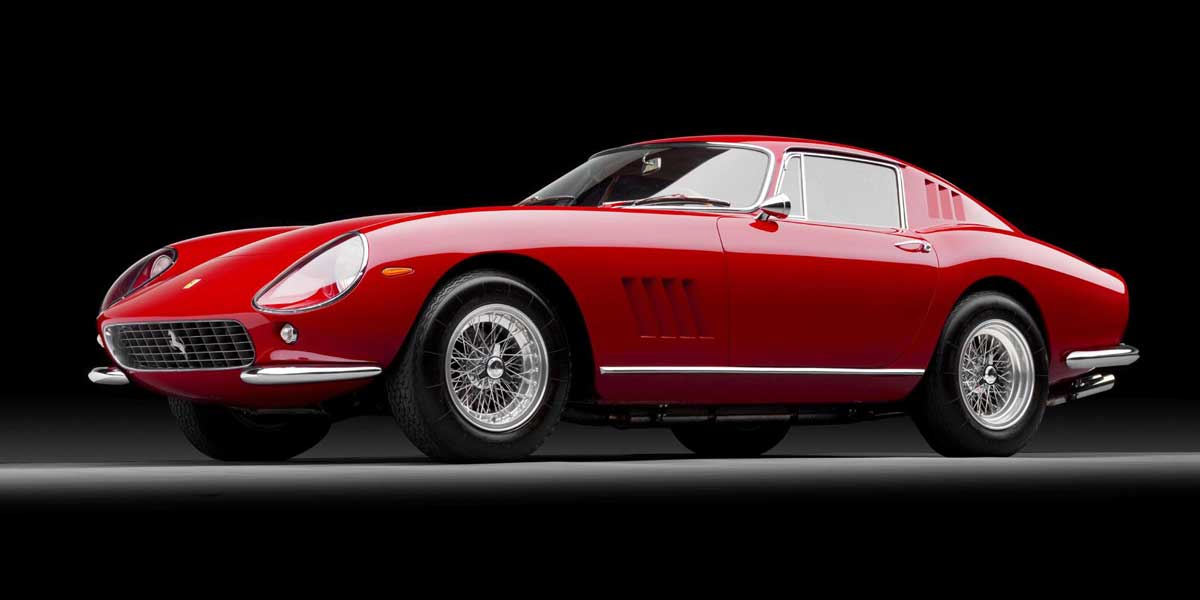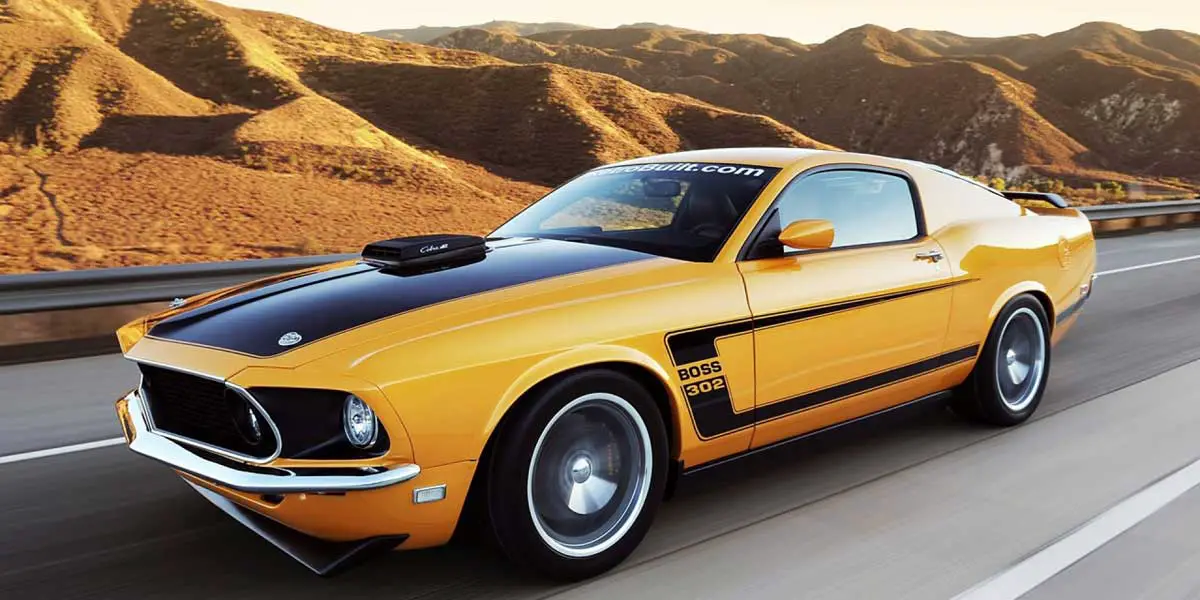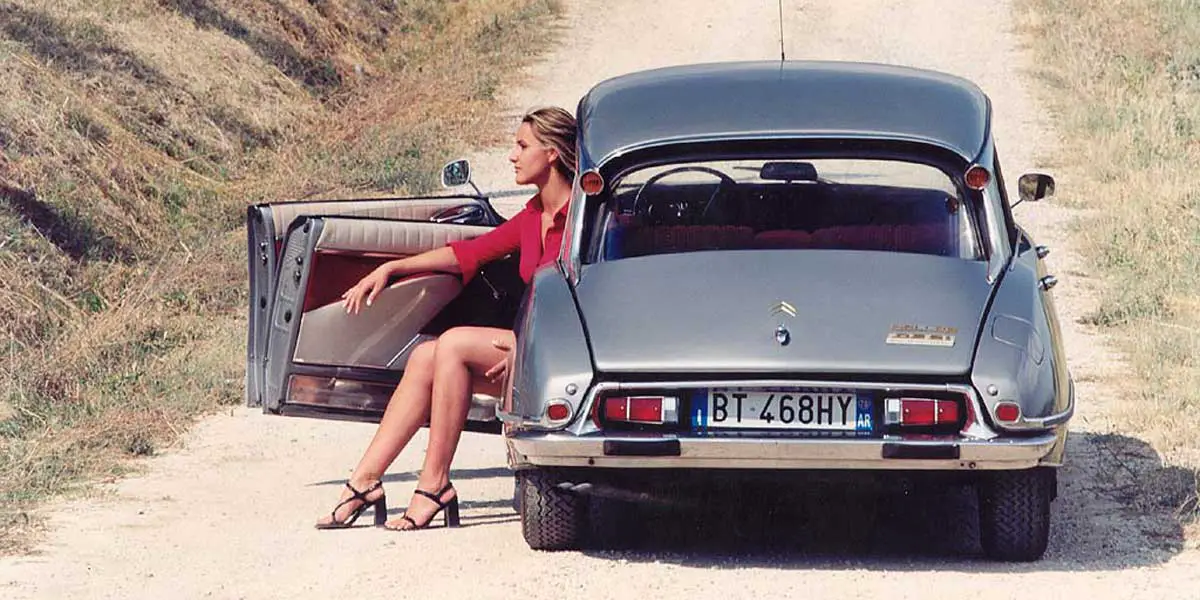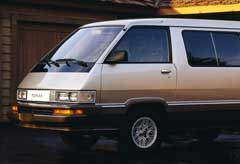






 Contact
Contact

Five Decades of Motoring in Australia – The 1980s

Home | Motoring in Australia | 1950s | 1960s | 1970s | 1980s | 1990s
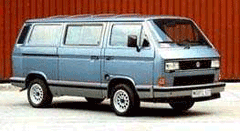
Volkswagen Caravelle
Australians have always had an affinity with what are known these days as people movers. Back in the 1960s, it was cool to cruise the countryside in an old Volkswagen Combi – I should know, I toured around the Pilbara region of WA in one with three friends back in 1969. That love was rekindled by many Baby Boomers in the 1980s as they sought a suitable vehicle in which to trasport their growing families. Volkswagen’s Caravelle was very nice but way beyond the budget of most, and Daihatsu’s Wide 55, which, in spite of its name, wasn’t much bigger than a Mini inside. Its name referred to its width – 55 inches – which may have been big enough for a Japanse family but it was inadequate for an Aussie one.
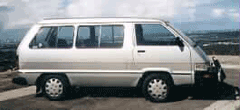
Toyota Tarago
It was Totoya who came to the rescue with its 8-seater Tarago and its cheaper cousin, the Lite Ace minibus. Sales soared and Toyota went all the way with a chisel-nosed Tarago that was the class act of the field. Mazda and Nissan brought out their multi-seaters soon after and the MPV (multi purpose vehicle) was born. These vehicles began a shift away from the station wagons that up until that time had reigned supreme as family transport.
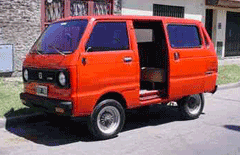
Daihatsu Wide 55
Being mostly converted delivery vans with three rows of seats and built to a price and with little concern for safety, comfort or equipment, their reputation suffered after a number were involved in fatal accidents and proved to be less safe than cars.
In 1980, Mazda moved to front-wheel drive for its popular 323 hatchback, which was also sold in Australia as the Ford Meteor and Ford Laser as part of Mazda’s venture with Ford. The Laser replaced the 2nd generation Ford Escort. The 3rd generation was not released in Australia. The latest 323 had 1.3 and 1.5 petrol engines, and the car’s contemporary body was designed with the help of Ford’s design team.
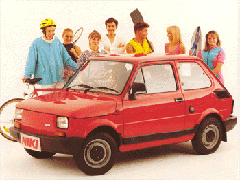
Niki
The only new player to enter the Australian automotive marketplace in the 1980s was Niki. They sold only one model, and for a relatively short time as it failed to make an impact, being quite small. The NIKI FSM 650 was in fact a Fiat 126, manufactured under licence by FSM in Poland. The cars were also imported to New Zealand under the name Polski Nikko. The stock car had motors ranging from 600 – 700cc (we got a 652cc motor), 2 cylinders of fury, putting out about 23-24hp. Manufactured from 1973 until the late 90’s, over 3 million were made and close to 1 million of those exported to the rest of Europe, Australia, New Zealand and China.
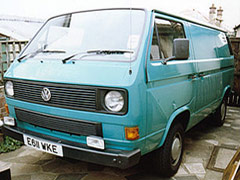
1982 Volkswagen Transporter
Volkswagen updated the Transporter range in 1980 for only the second time in its 30-year history to date, giving it an entirely new bodyshell, but the air-cooled engines and rear-wheel drive chassis continued largely unchanged. The new range of vans and people carriers had a much-improved braking system as well as much improved specification levels, with some models even having power steering and air-conditioning.
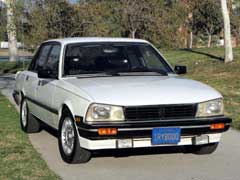
Peugeot 505
In the same year, Peugeot unveiled the new 505, a rear-wheel drive range of saloons and estates which were designed as an eventual replacement for the long-running 504. Peugeot had taken over the European division of American manufacturer Chrysler in 1979. Production of the Renault 12 was discontinued, two years after the launch of its successor – the R18.
In Britain, Vauxhall launched its replacement for the Viva, the Astra, a front-wheel drive range of 1.3 and 1.6 petrol engined hatchbacks and estates designed to compete directly with the Ford Escort. Holden elected not to source the Vauxhall product as the replacement for its Gemini range in 1985, but opted to use re-badged Nissan Pulsars.
In 1981, the outdated Triumph Dolomite and TR7 ranges would cease production after a collective lifespan of 17 years. Volkswagen brought its range up to date for the 1980s by launching new versions of its Polo mini-car and the Passat family car. Both cars were a huge success during their original 1970s incarnations in Europe but Volksgwagen continued to restrict its passenger car range in Australia to the Passat and Golf.
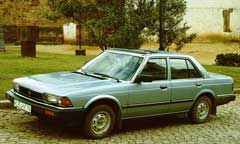
1982 Honda Accord
The second generation Honda Accord was a huge worldwide sales success, showing that it could build a credible rival for the Toyota Corona. The Toyota Celica entered its third incarnation with a much more modern bodystyle which ad ben designed specifcally to appeal to Amercian youths.
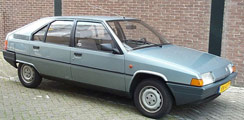
Citroen BX
1982 saw Citroen introduce the BX, its new medium-sized hatchback and estate range which replaced the long-running GS. A revolutionary, spacious design, it was released in Australia in the same year, but high import duties and poor exchange rates led to it being hugely overpriced by comparision with its similar sized Japanese competition.
Audi came out from under the shadow of Volkswagen and released the all new 100. Based on the stillborn NSW Ro80, it featured a 5-cylinder engine and a slippery, aerodynamic body whose style was a benchmark that the rest of the automotive world followed over the next decade. BMW bolstered its already-impressive model range with the launch of the new 3-Series, a stylish new range of two and four-door saloons, and gave a facelift to its 5-Series. Nissan finally made a move to front-wheel drive with its Pulsar range and Daihatsu introduced a vastly improved Charade.
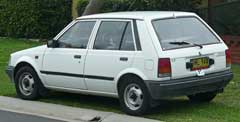
Daihatsu Charade
In 1983, Nissan dropped the Datsun badge from its entire model range after this year. The first car to wear a new Nissan badge was the all-new Micra, a small three- and five-door hatchback powered by economical 1.0 and 1.2 petrol engines. Honda updated its Civic range for the second time in four years, the new model having a longer wheelbase and a wider range.
British Leyland sold its Jaguar car business into private ownership in 1984. British Leyland’s mass-market car division, the Austin Rover Group, scrapped one of its longest-running marques, Morris, though it had not been seen in Australia on a new car for a number of years. With the changing of the guard in Britain, the Rover SD1 was replaced there by a re-badged Honda (Oh, how the mighty have fallen), a move which saw the names MG and Rover disappear from the new car landscape in Australia until its revival two decades later. Six years after the launch of the Ritmo/Strada hatchbacks, Fiat launched a saloon version, the Regata. This car would be the last Fiat model to be sold in Australia in the 20th century.
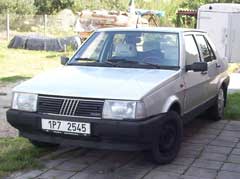
Fiat Regatta
Fiat remained in the Australian market until 1989 when the Australian vehicle import quota regime was changed. The Australian importer had been able to transfer its annual supply quota for Fiats to its more successful Japanese brands and so when this finished Fiat withdrew from the market. With the renewed success of Fiat in Europe (a number of models have won European Car of the Year) and the successful return of Alfa Romeo (a Fiat company) to Australia in 1998, Fiat followed a few years later by bringing the 3rd generation version of its Mini-sized Punto to Australia.
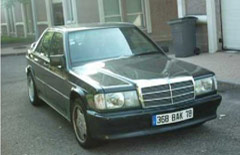
Mercedes-Benz 190E
In 1984, Mercedes-Benz finally made its cars affordable for the mass production market by introducing the new 190E – which was a direct competitor for the BMW 3 Series. Like the larger, more expensive models in the Mercedes range, the all-new four-door saloon with rear-wheel drive 190E was a well-equipped, comfortable, solid, reliable, refined and prestigious competitor that was difficult to beat in almost every area. Nissan upgraded its Z-Cars series with the release of the 300ZX, the successor to the less powerful 280ZX and Honda achieved sales success with the new, latest version of its Prelude coupe.
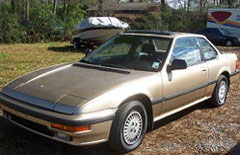
Honda Prelude
1985 saw Saab expand its range with its first competitor in the sector dominated by the BMW 5 Series – the Saab 9000. The new car was a spacious, well-equipped, comfortable and refined five-door hatchback which shared its underpinnings with the new Lancia Thema as well as two forthcoming new big cars from Fiat and Alfa Romeo. This joint sharing of common components and design became known as the "Type Four" platform.
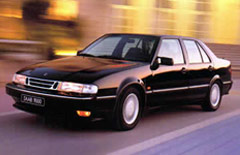
1985 Saab 9000
In 1986 Audi launched its all-new 80 range to keep up with increasing competition from the BMW 3 Series and Mercedes-Benz 190E. It was this car that firmly established the Audi marque in Australia. The 80’s aerodynamic range of four-door saloons were the first cars in their sector to feature a fully zinc-coated body, further bolstering its already good resistance to corrosion and rust. Five-cylinder versions of the car, with a more upmarket interior, were sold as the Audi 90.
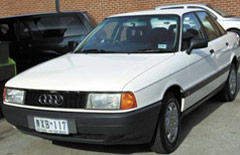
Audi 80
At around the time the Audi 80 surfaced, BMW launched an entirely new 7 Series to replace the nine-year-old original version. It heralded a new era for luxury cars, setting the standards for others to match in terms of technical innovation, equipment, safety, security, quality and design flair. Even the basic 728i version offered high levels of refinement, quality, driver appeal, luxury and style. The 750iL (long wheelbase) version doubled the cost with some of the highest standards of specification ever seen on a production car.
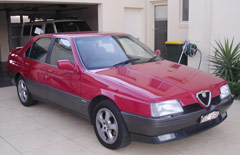
1987 Alfa Romeo 164
In 1987, another car spawned from the "Type Four" platform, the new Alfa Romeo 164, was released. Powered by a swift and smooth 3.0 V6 engine, the new four-door saloon was arguably the best-looking car in a sector dominanted by the BMW 5 Series and Audi 100. Its Pininfarina-penned body bore a striking resemblance to Peugeot’s new 405, and its interior was a big improvement on the plasticky, low-rent Alfa interiors that buyers had come to expect. The 164 would be the last new Alfa model Australia would see in the 20th century. Falling market share and unfavourable exchange rates over the next few years led to Alfa Romeo and a number of other European importers like Rover, MG and Renault pulling out of Australia and staying out for a number of years.
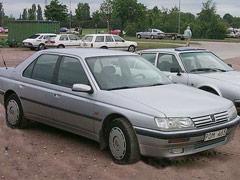
Peugeot 605
Peugeot launched its first serious rival for the BMW 5 Series in the shape of its new Citroen XM-based but "Type Four"-styled 605 model, in 1989. A four-door saloon with 2.0 four-cylinder and 2.9 V6 petrol engines as well as a 2.1 turbo-diesel, the 605 is a stylish, comfortable, spacious and well-equipped executive cruiser with excellent ride and handling. Citroen replaced its long-running CX range with the all-new XM.
It became the most distinctive and characterful Citroen on sale at that time, with its quirky wedge shape and self-levelling oleo-pneumatic suspension which allows for an excellent ride quality. In the same year Mercedes-Benz launched an all-new version of its SL sports car for the first time in 18 years. The latest version, the R129 Series, was available with a 3.0 V6 or 5.0 V8, both of which offer high performance, superb handling, rock solid build quality, cast-iron reliability, luxurious equipment and unbeatable exclusivity.
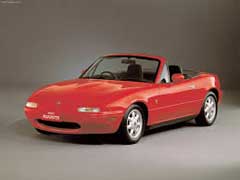
Mazda MX-5
In 1989 Mazda filled a glaringly obvious gap in the market when it introduced its 2 door roadster, the MX-5, or Miata as it is known in the US. Since the demise of the Triumph and MG roadsters, the only ragtop 2-door roadster available was the Alfa Romeo Spider. It was a great car, but too espensive for the sort of people who had bought the ragtops of the 1960s. Priced within reach of just about everybody, the MX-5 (called the Miata in the US)was a raging success and quickly became the world’s best-selling sports car, with 720,407 cars produced and sold worldwide between February 1989 and March 2005. Beginning with the third-generation 2006 model, all models of this vehicle worldwide now use the MX-5 name.
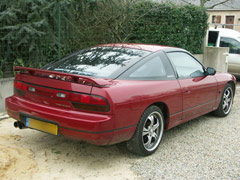
Nissan 200SX
Nissan launched an all-new 200SX 2+2 sports coupe to compete with the Honda Prelude and Toyota Celica, but the biggest news of 1989 came from Toyota when it announced the launch of its new Lexus brand. The name Lexus is said to be short for "Luxury Export to the US market", and clearly identified the target market to which the car was created. In Australia, as in other non-US markets, the first Lexus, the LS 400 (released in Australia in 1990), went head to head withr the BMW 5 and 7-Series and Mercedes-Benz S-Class.
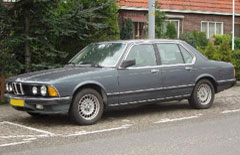
BMW 728i
Lexus soon developed a reputation for luxury and reliability, along with quality customer service, and by the turn of the 21st century, the marque had achieved Toyota’s goal when it became the highest-selling brand of luxury cars in the US. In the late 1980s, Mazda followed Toyota’s lead and launched its own luxury brand, Eunos. This experiment did not enjoy the success of the Lexus and the Eunos was quietly discontinued in the mid-1990s.
The 1980s were challenging for Holden and the Australian car industry. The Australian Government tried to revive the industry with the Button car plan, named after John Button, the Federal Industry Minister. The plan encouraged car makers to focus on producing larger and more economic volumes of fewer models, and it provided incentives for exports. Holden faced financial challenges as sales of the Commodore and Gemini declined. Competition from Ford intensified when the Laser, Ford’s compact car based on the Mazda 323, and an updated Falcon, both proved popular and became sales leaders in their classes. Other Australian manufacturers; Toyota, Nissan, and Mitsubishi Motors were gaining market share.
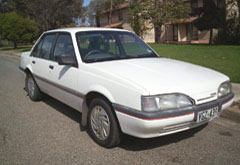
1982 Holden Camry
When Holden released the Camira in 1982, things started to look better. However, after a short run of good sales, numbers faltered; buyers considered the 1.6 litre engine to have inadequate power, and the car’s reputation was tarnished by below average build and ride quality. In 1985, Holden’s parent, General Motors, reorganised and recapitalised the business. At this time, the engine manufacturing and car manufacturing divisions were separated. The engine manufacturing business was successful, building four-cylinder GM Family II engines for use in cars built overseas. Holden became the source of engines for the Vauxhall Cavalier and the Opel Ascona built in Europe. In the same year, the Barina supermini was launched, becoming Holden’s first truly small car. The rebadged Suzuki Swift allowed Holden to broaden its market appeal.
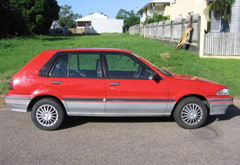
1987 Holden Astra
Holden began to sell rebadged Nissan Pulsar hatchbacks as the Holden Astra in 1985, as a result of a deal with Nissan. When Nissan released a new model Pulsar (with an Astra clone) in 1987, it was powered by the GM Family II engine that powered the Camira. This arrangement ceased in 1988, when Holden entered a new alliance with Toyota. The joint venture formed a new company: United Australian Automobile Industries (UAAI).
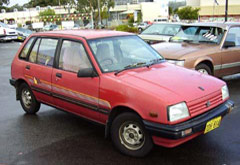
1985 Holden Barina
In 1989, Holden began selling rebadged versions of Toyota’s Corolla and Camry, as the Holden Nova and Apollo, while Toyota sold the Commodore as the Toyota Lexcen. Toyota’s adaption of the Commodore was named after Ben Lexcen, the designer of Australia II, which won the 1983 America’s Cup, wresting the trophy from the United States for the first time in the competition’s history. This badge engineering scheme did not resonate well with buyers, even though rival Ford had been successful with its Laser and Telstar models, which were face-lifeted versions of Mazda’s 323 and 626, respectively. In 1995, UAAI was dissolved, and Holden was able to source product offerings from GM rather than from other manufacturers in Australia.
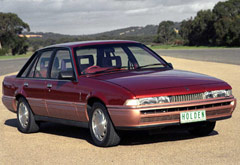
Holden VL Commodore
Holden introduced the VK Commodore in 1984, with significant styling changes from the previous VH. The next update for the Commodore appeared in 1986 with the VL, which had new front and rear styling. Controversially, the VL was powered by the Nissan RB30 3.0 litre six-cylinder engine and had an electronically controlled four-speed automatic transmission. The change to the Nissan engine was necessitated by the legal requirement that all new cars sold in Australia after 1986 had to run on unleaded petrol. It was not feasible to convert the six-cylinder engine to run on unleaded fuel, and the Nissan engine was chosen as representing the best engine available. However, because of the changing exchange rates over the life of the VL, the cost of the Nissan engines doubled.
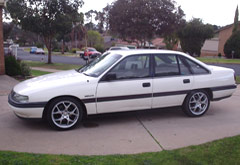
Holden VN Commodore
The final phase of the Commodore’s recovery strategy involved the all-new 1988 VN. The VN was significantly wider than before, and brought Holden’s mainline family car back to the size of the Kingswoods of the 1970s. The VN Commodore was powered by the American-designed 3.8 litre Buick V6 engine.
Ford’s XD Falcon, introduced in 1979, bore many external styling resemblances to the European Ford Granada, but was slightly larger and less luxurious. Improved body reinforcing allowed many reductions in component weight to be made, improving performance and braking. The Fairmont Ghia replaced the GXL. Initially, as with the first Commodores, quality and fuel consumption concerns dogged the XD. The 1980 introduction of the Alloy Head improved fuel consumption of the ageing OHV six cylinder engine, an engine with its roots in the 1950s. Government pressure, the fuel crisis and more stringent pollution controls began to curtail the development of high performance cars.
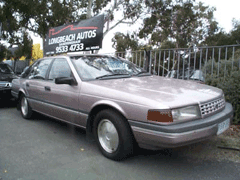
1985 Ford Fairmont Ghia
All these factors, and the success of Ford’s compact, the Ford Laser, which was little more than a re-badged and lightly re-styled Mazda 323, brought Ford to a crossroads over the future of the Falcon. Though it was the sales leader in the 6-cylinder and V8 class, sales of those cars were falling as consumers opted for the more economical 4-cylinder family sedans. Ford had seriously considered replacing the Falcon with a model from "Project Capricorn", which would have seen a front-wheel drive car based on a stretched Mazda 626. A four-door version of the European Ford Scorpio, which at the time had only been designed as a five-door hatchback, was also proposed and progressed as far as the clay model stage.
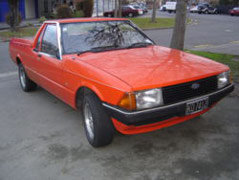
1982 XD Falcon Utility
As the fuel crisis eased, Australians moved away from the downsized Commodore back to the traditional full-size Falcon. In 1982, for the first time in more than a decade, the XE Falcon eclipsed its Holden rival in terms of sales. Ford Falcon remained number one seller in Australia until 1988, when Holden returned to the full-size Australian sedan design. V8s remained absent from Ford’s Australian showrooms between 1983 and 1991. The XF Falcon sedan and wagon sold between October 1984 and February 1988 (modified to run on unleaded petrol from January 1986), with the Utility running through to March 1993. It remains Ford’s best-selling Falcon model to date; over 278,000 XFs were built. The XF Falcon was replaced by the redesigned EA series in 1988. The XF commercials (utility and panel van) continued unchanged due to there being no EA series versions, but over time would gain the EA series engine updates.
The Ford Cortina’s replacement, the Mazda 626-based Telstar, was initially assembled in Australia. The Ford Laser, based on the Mazda 323 and sold against thar car in the marketplace, was produced in Ford’s plant at Homebush in Sydney, from 1981 until September 1994 when the plant closed. After the plant’s closure, all Lasers sold in Australia were fully imported from Japan. The Laser was replaced by the European Ford Focus in 2002.
During its second decade, Chrysler Australia increasingly relied upon Japanese sourced Mitsubishi cars – commencing assembly of the Galant in 1972, then adding the Lancer and commercial vehicles. Interestingly, between 1972-5, the Galant was sold as the Valiant Galant. The association with Mitsubishi gave Chrysler Australia another winner- the 1977 Chrysler Sigma. With a range of 4 cylinder "Silent Shaft" engines, competitive pricing, ‘Japanese’ style and the availability of a luxurious SE version with optional leather trim (an innovative sales approach in its era), the Sigma marked Chrysler’s sales comeback. Sigma soon became market leader in its class.
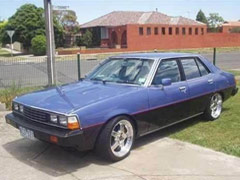
1981 Mitsubishi Sigma
At this time, Chrysler US staged its retreat from Australia, progessively selling its interest in Chrysler Australia Ltd to Mitsubishi, finally departing in 1981. From then on, Mitsubishi continued to strengthen its place on the Australian motoring scene by refining the Sigma, which was built at the former Chrysler plant in South Australia. The Sigma was replaced in 1985 by the Magna, also built in Adelaide. The smaller, fully imported Colt and Lancer models were sold alongside the Magna.
The Mitsubishi takeover of Chrysler’s manufacturing operations in Australia led to the introduction of a number of new models, the most notable of which were a pair of 2-door coupes – the Scorpion and its big brother, the Starion. The story goes that the Japanese bosses of Mitsubishi in Japan had been looking at producing a car that would go head to head with the Ford Mustang in the US, and asked their stateside bosses to suggest an appropriate name.
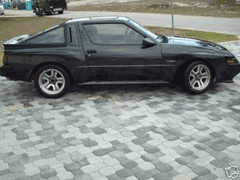
1985 Mitsubishi Starion
As the Mustang and others like it were known as Pony Cars, the name Stallion was suggested. When the car they developed was finally released it was given the suggested name, but with its Japanese pronunciation – Starion. This car reached Australia’s shores in 1983 and fitted well into the growing 4-cylinder sports coupe market that had emerged with the withdrawal of the Big Three’s 2-door sports sedans. The Starion was up against the Toyota Celica, Mazda RX-7 and Nissan’s 280ZX, which had evolved from the humble 240Z.
Competition was tough and the Starion sold poorly; the Mazda dominated the low end of the market and the nissan the luxury end. Toyota got the lion’s share in the middle. The Scorpion was a full imported 2-door variation of the locally built Sigma, and competed against the Toyota Corolla Seca and the Celica. It was replaced by the Lancer in the 1990s.
In the 1970s, AMI Toyota began investing in an engine and stamping plant to consolidate its position as a high local content vehicle manufacturer. In 1988 Toyota’s local operations were unified to form Toyota Motor Corporation Australia and work began on restructuring and strengthening the group as a major step towards achieving international competitiveness and building vital export business. Toyota consolidated vehicle production in 1994-95 at its new world-ranking Altona plant in Melbourne which, by 2005, was producing more than 500 cars every day at the plant. The first engines were built at the Altona plant in 1978. Three years later, the plant began volume production of body panels.
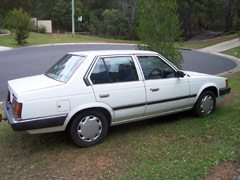
1983 Toyota Corolla
Toyota had begun the decade with the 4th generation Corolla and 6th generation Corona as its frontline products. The new 5th generation Corolla arrived in 1984 and saw the model go front wheel drive for the first time. Midway through the 1984 model year, the rear-drive Corolla Coupe and Liftback were offered with a new dual-overhead cam, 16-valve version of the 1.6-litre four rated at a robust 124 bhp. This DOHC engine, along with the front-drive Corolla’s five-speed transaxle, also served as the drivetrain in the mid-engine MR2, which came to Australia in early 1985. All Corollas were front-drive for 1987; the all wheel drive Tercel used a solid axle rear suspension with coil springs, while the rest used struts all around. The 4WD wagon was sold from 1988 to 1994 and had different bodywork to other Corollas.
Manufactured between 1979 and 1999, the Supra has different specificationss and options for different years. Before 1987, the Supra came with a 2.6L, 2.8L, or 3.0L dual overhead cam engine. 1987 saw the debut of the Supra Turbo. A new era had been born. Since its creation, the Supra had been a frontrunner in performance and style.
The longest-running Toyota Corona model was the rear-wheel drive seventh-generation (T142) model, which began production in 1981 and was manufactured locally by Toyota Australia until 1987, even though by that time a front-wheel drive version (originally called the Toyota Corona FF and marketed in some countries as the Toyota Carina) had already been released elsewhere. The Corona was eventually dropped in Australia in favour of the larger Camry, but in New Zealand, Toyota continued to offer versions of the Corona, assembled locally at Toyota’s plant in Thames, New Zealand.
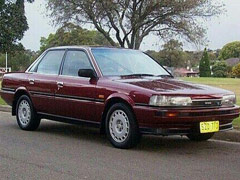
1989 Toyota Camry
The Camry replaced the Corona on the Port Melbourne assembly line, and continued to be built there until 1994 when Toyota’s vehicle production was transferred to the company’s new $420 million facility at Altona. In 1988, Holden entered a new alliance with Toyota. The joint venture formed a new company: United Australian Automobile Industries (UAAI). Under the alliance, Holden began selling rebadged versions of Toyota’s Corolla and Camry, as the Holden Nova and Apollo, while Toyota sold the VN Commodore as the Toyota Lexcen until 1992. In 1995, UAAI was dissolved.
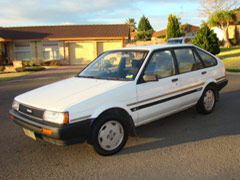
1986 Toyota Corolla Seca
